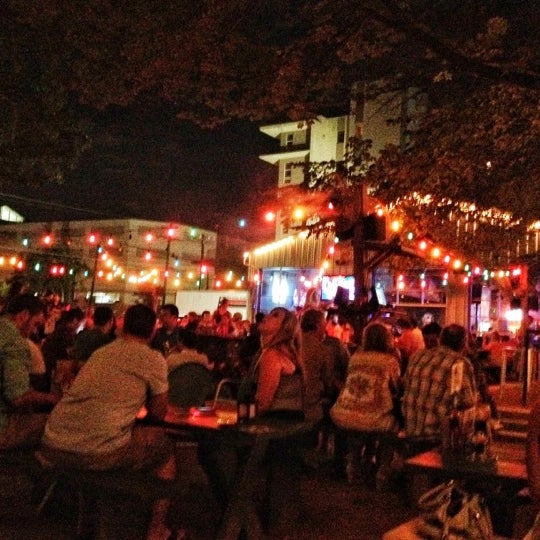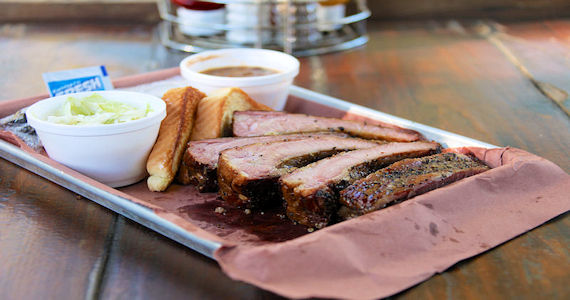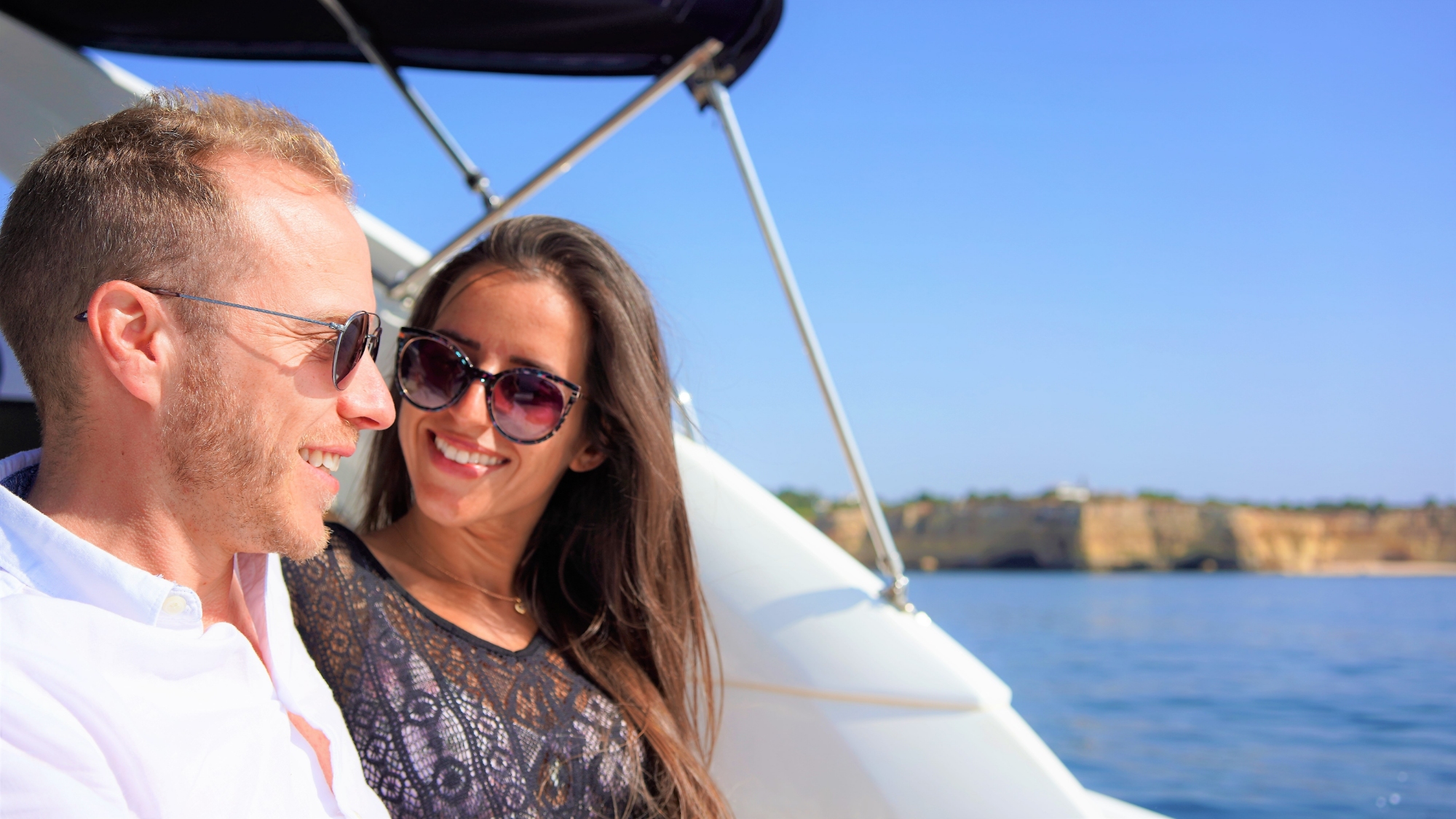Table Of Content

Make sure to apply the bleach from the mid-shaft down until the entire section is well covered. Hair bleaching is exactly what it sounds like using hair bleach (not household bleach) to lighten the hair's color. While bleaching your hair may sound fun and simple, it's anything but that.
Wash and Dry Hair
Inflammation, redness, and a stinging feeling on the scalp are all indicators of an adverse reaction, so practice caution. For better results, ensure you don’t wash your hair at least 2-3 days prior to the bleach. Set up in a well-ventilated area with good lighting, a mirror, and a table to place all your tools on.
Caring for bleached hair
Fortunately, bleaching your hair at home is easy with the right at-home bleaching equipment. If you do not want warm tones in your hair, you can bleach it with a toner. Replace the bleach with the toner and follow all of the steps listed above. Alternatively, you can use a toning shampoo to remove the warm tones from your hair. You can also swap purple shampoo into your routine whenever you notice brassy tones emerging.
Shampoo and Condition
You ideally want to start with healthy hair before bleaching. Valles typically looks at the hair to make sure it’s not too dry, overly chemically-treated, and doesn't have a ton of split ends. One way to prevent damage is to bleach just your roots instead of your whole head. "The roots are virgin hair that has not been chemically-treated," she explains.
Side Effects Of Hair Bleaching
It’s best not to dye your hair or undergo any kind of straightening or perming treatment for at least two weeks before bleaching your hair at home. The American Academy of Dermatology (AAD) recommends only one chemical process at a time (color, relaxer, or perm) to help prevent excess damage. Whether you’re toying with going blonde or are ready to swap your espresso mane for a trendy pastel pink, your transformation will likely require a round (or two) of hair bleach.
Going from black to bleach blonde in the privacy of your bathroom isn't realistic. Olivia says usually, at most, you can lighten hair one to two shades lighter than its current color. "Of course, this varies based on your natural hair color. Blondes and light brunettes can succeed more with at-home bleach than people with dark or black hair." Freshly bleached tresses are extremely vulnerable to heat styling damage, meaning you should avoid blow-drying, curling, or straightening your hair during the first weeks after bleaching your hair.
Following these tips and hair care practices may help prevent hair damage and improve the strength of the strands after bleaching. If you are someone who does not want any harsh chemicals on your hair, several natural ingredients may work perfectly to bleach your tresses. However, you must keep some important points in mind before naturally bleaching your hair at home. The citric acid in the vitamin C tablets helps lighten your hair. This treatment also gives your scalp a vitamin C boost, which helps promote hair health. Have you ever noticed that your hair appears lighter after you go for a dip at the beach?
Section Hair and Apply Bleach
To maintain this fresh and youthful plumpness, we must understand that the skin component controlling these features is Hyaluronic Acid. The key to attaining and maintaining a youthful and radiant appearance is dedicated skincare. Anti-ageing skincare routines work to visibly reduce wrinkles and fine lines, firm, plump and even skin texture and tone. First pick exactly the look you want to achieve using our virtual try on technology to see all our shades. Whetheryou want a bold new look or to boost your currentcolour, there’s a Garnier shade that will suit your needs. Interested in knowing what your favourite shade will look like on you?
Bleaching your hair is not only a huge change, but it also takes a lot of commitment and upkeep. With such a big switch comes some serious hazards—after all, bleaching your hair can weaken and damage it, even in the hands of an expert colorist. Apply coconut oil or a scalp color protector to the hairline, which can maintain the scalp's pH levels. Bleach is an alkaline product that can irritate the scalp (especially if yours is sensitive), so protecting it can reduce the risk of irritations and even post-coloring itching.

Randall says the only upside to DIY bleaching is maybe the cost. "But on the other hand, you get what you pay for. You have to understand the chemical science behind bleaching and the processes, and then you may be able to achieve a good result at home." While the sight of overgrown roots may be bothering you, for now, it's better than the damage you may cause by trying your hand at a bleach job. Due to the spread of COVID-19, salons across the country have closed, and many have taken their hair into their own hands at home — literally.
How to Bleach Your Hair Without Damaging It, According to Stylists - Real Simple
How to Bleach Your Hair Without Damaging It, According to Stylists.
Posted: Mon, 04 Sep 2023 07:00:00 GMT [source]
Along with using nourishing haircare products, take care not to put any additional stress on your strands via heat styling following a bleach job. Reduce how often you heat style, or minimize the time you spend heat styling by allowing hair to air dry most of the way. Colorists typically use bond-building products during and after the bleaching process to help fortify hair bonds so hair is shiny, healthy, and strong when you walk out of the salon door. Once home, continue care with bond-building products, which further help to restore cuticle health and nourish hair. “At home care after any type of lightening service is critical to keeping the hair healthy," says Tang. The lemon and peroxide in the formula act as lightening agents, according to King.
Otherwise, if the lightener or developer lingers in the hair, it can affect its health and moisture levels. For starters, please make sure you're working in a well-ventilated room and wearing a mask. "It's a good idea to invest in a professional coloring cape to keep your clothes clean," Olivia suggests. Bleached locks tend to get brassy over time, but don’t worry — you can fight the unwanted warm tones by switching out your regular shampoo with purple shampoo every other week. It’s okay when hair looks yellow — it just needs further toning or a bleach bath. If you end up with dark, orange hair, you might need to re-bleach it, though.
And to avoid that, many women are opting for DIY hair bleach at home these days with products they feel most comfortable with. We’re going to start by saying that normally we wouldn’t advise bleaching your hair at home. However, as celebrity hairstylist DaRico Jackson explains, “considering the circumstances, we have no other choice. We have to work together with our clients until we get through this pandemic.” To that end, we asked Jackson to share some of his tips for safely bleaching your hair at home until we’re able to resume salon visits. Follow the instructions from your chosen hair bleach and combine the pre-portioned lightener and developer in a bowl.
Your hair may look yellow or orange even and that’s okay, it just means you might have to bleach again. Make sure you assess and check the health of your hair using the stretch technique Kandasamy recommended in the first step. Using the hair level chart discussed in Step 6, determine your hair level to see if you need to bleach your hair again.
If you want to learn how to bleach your hair at home, you have come to the right place. Bleaching, unlike hair dyeing where you add a different color to your hair, involves a hair lightening process where you essentially strip off the hair color. “If you’ve determined that it’s safe to proceed, I’d recommend starting with a test strand.



















